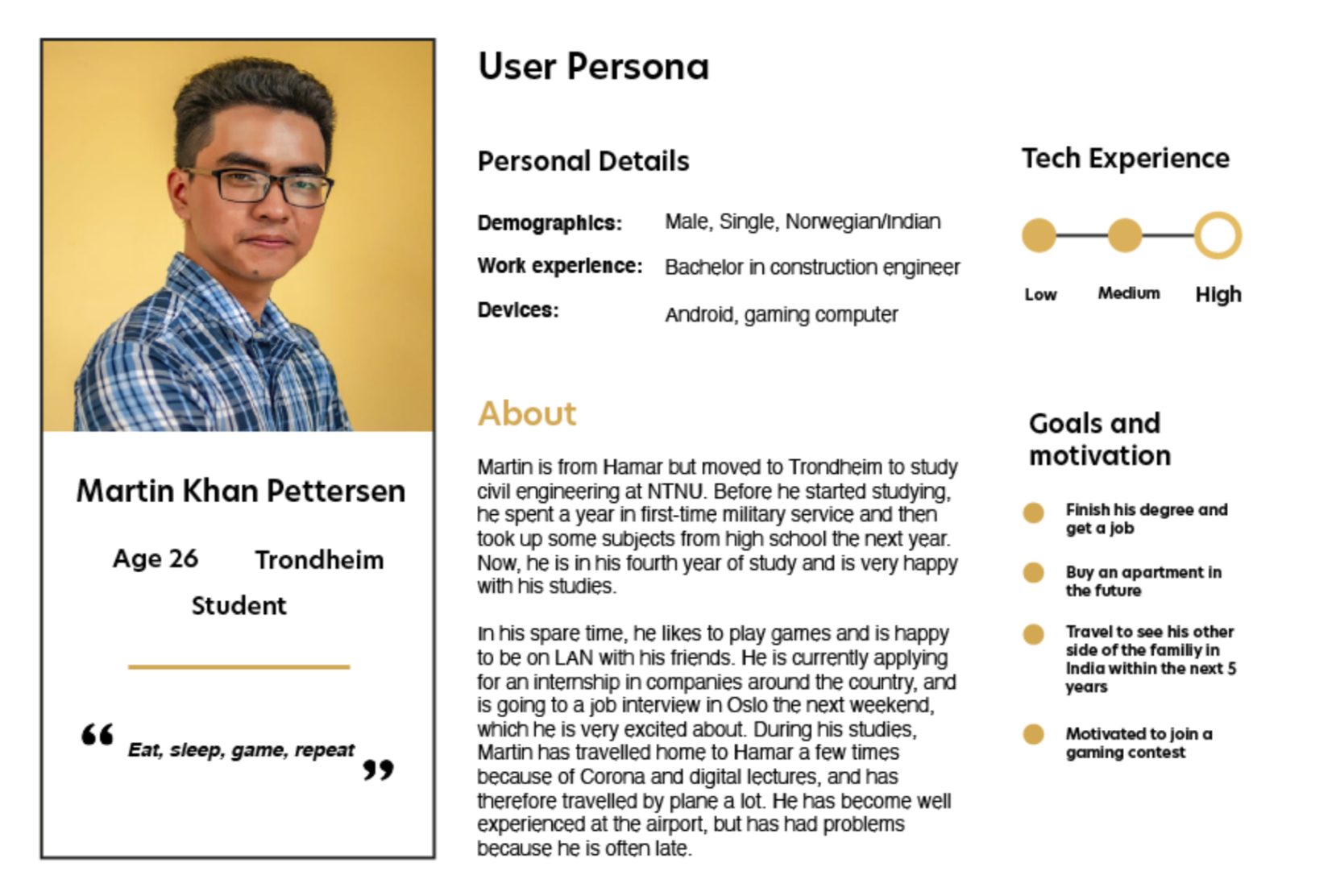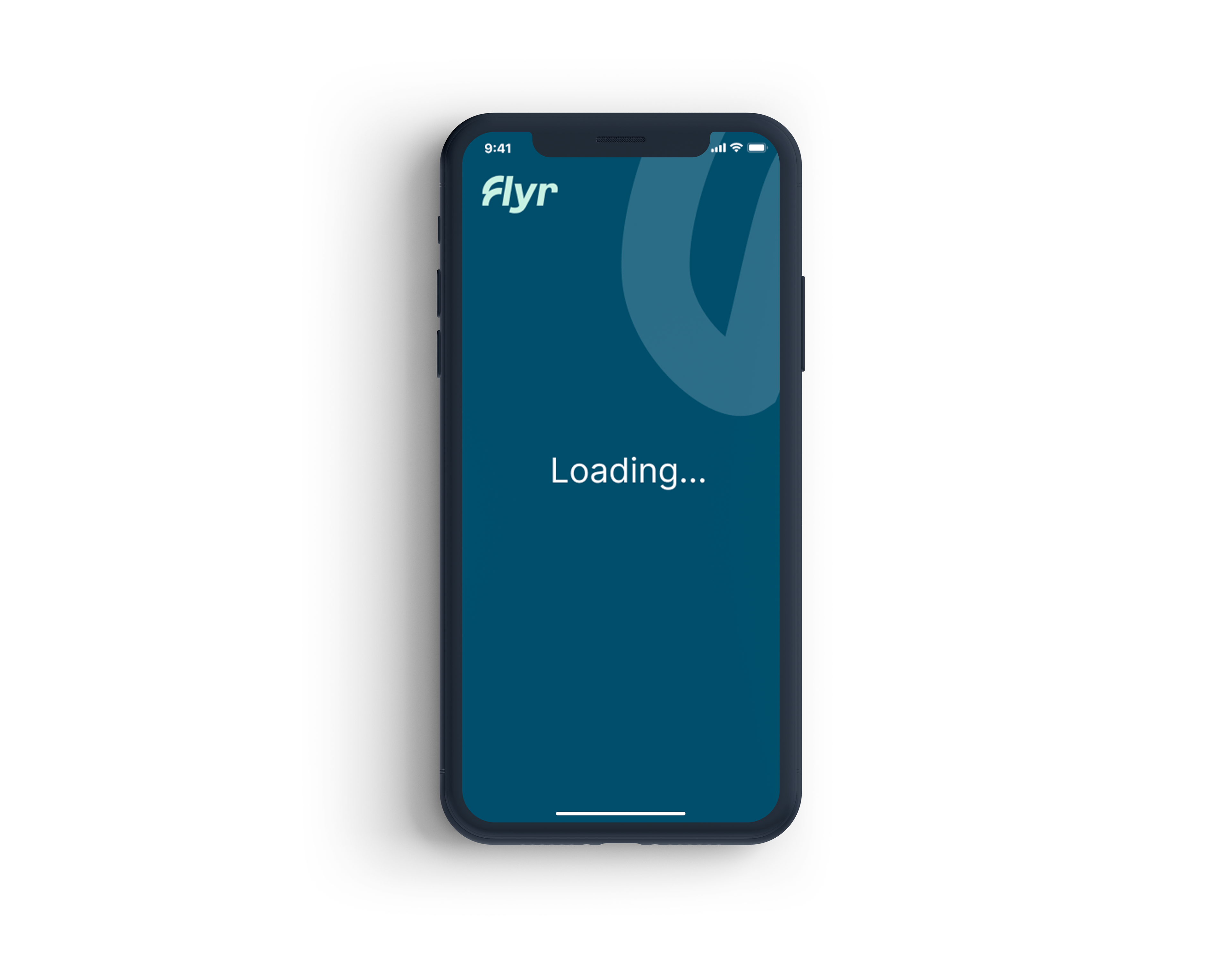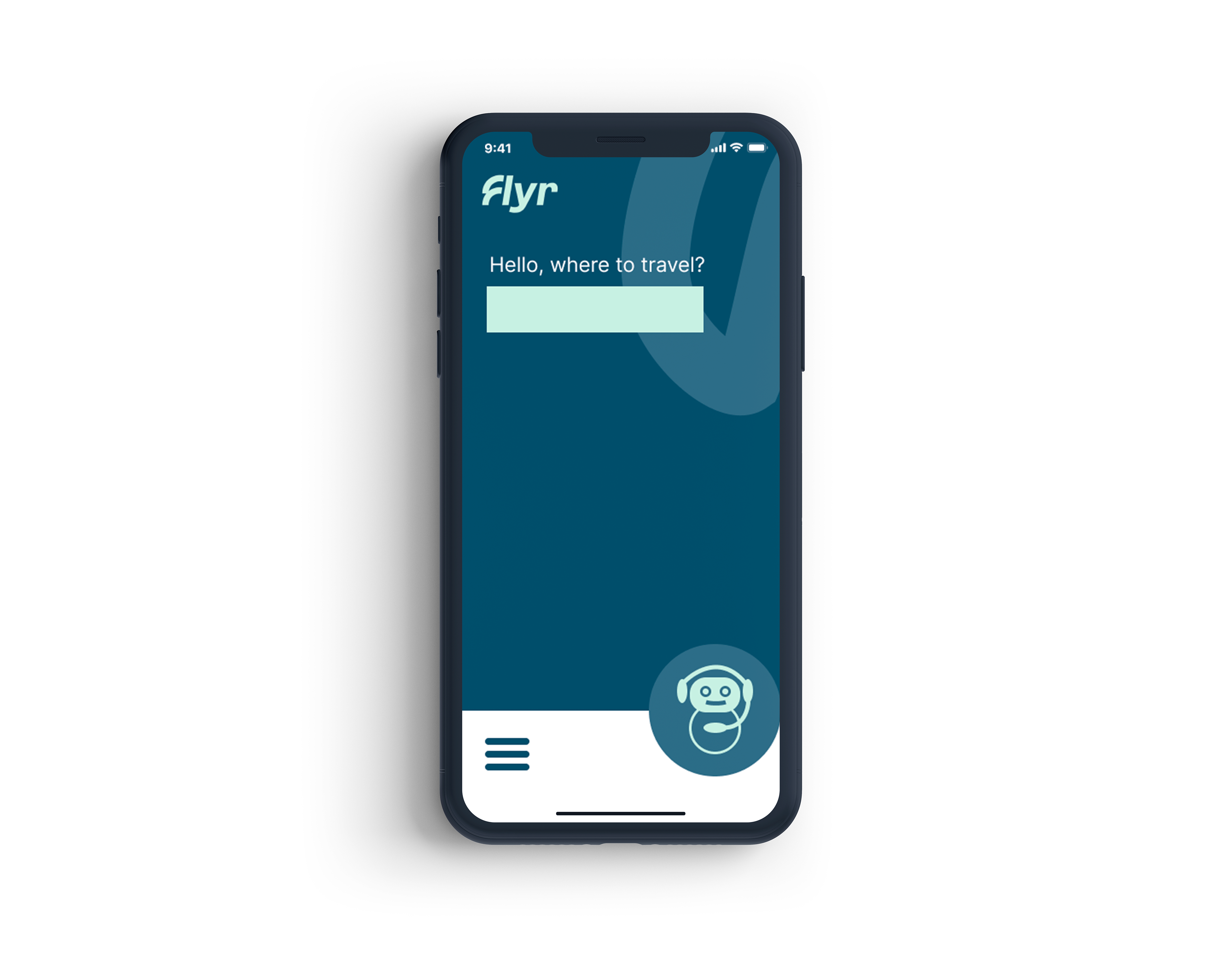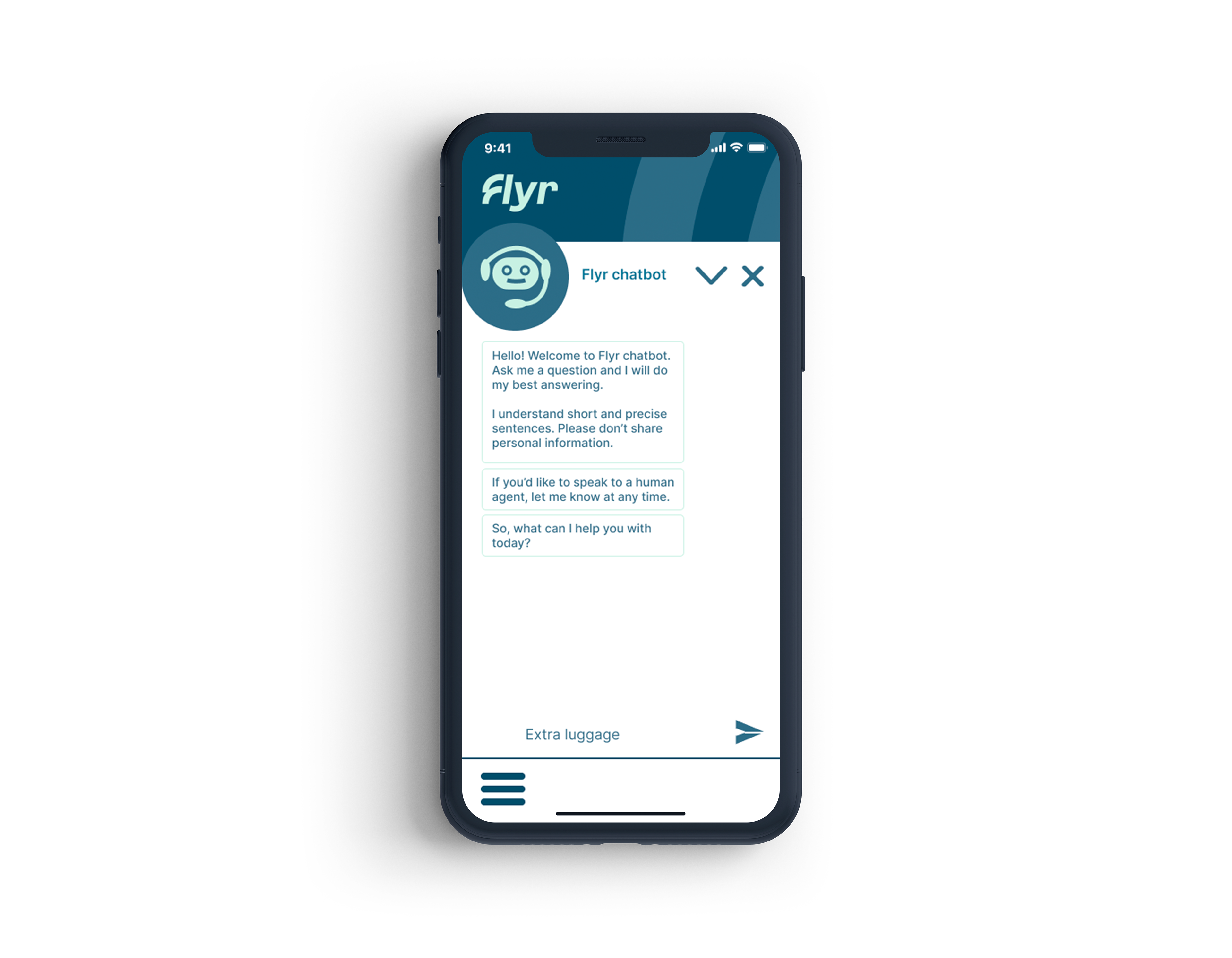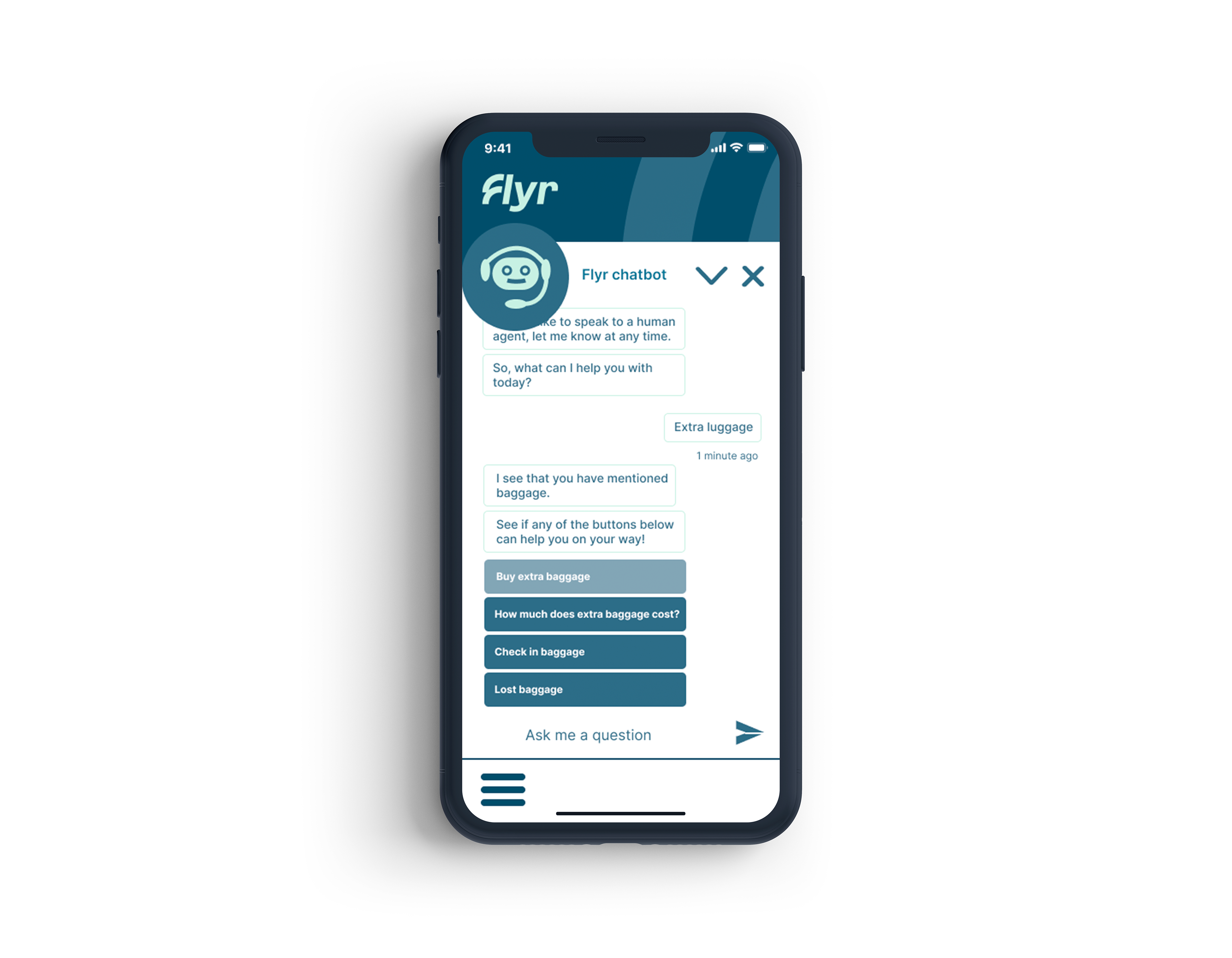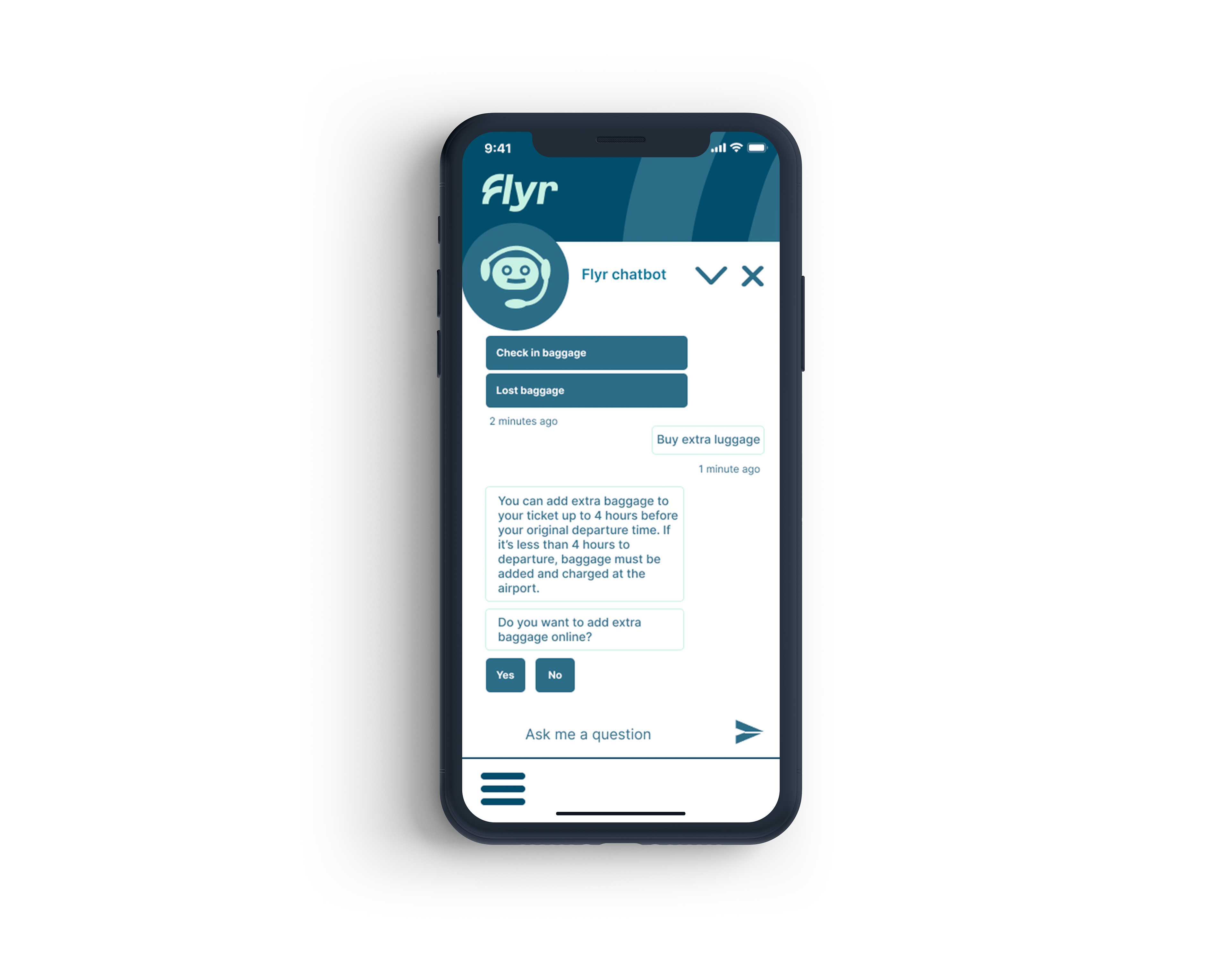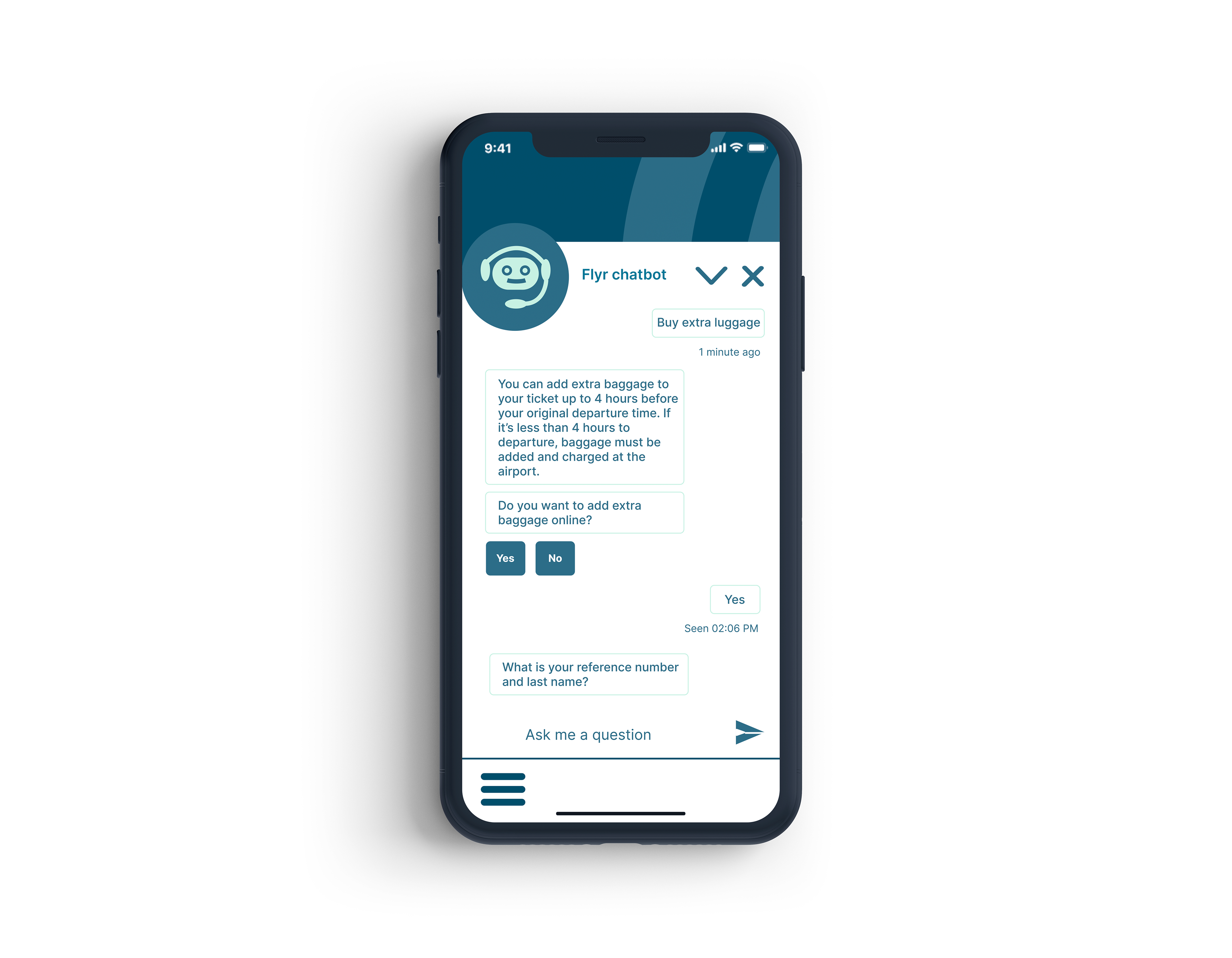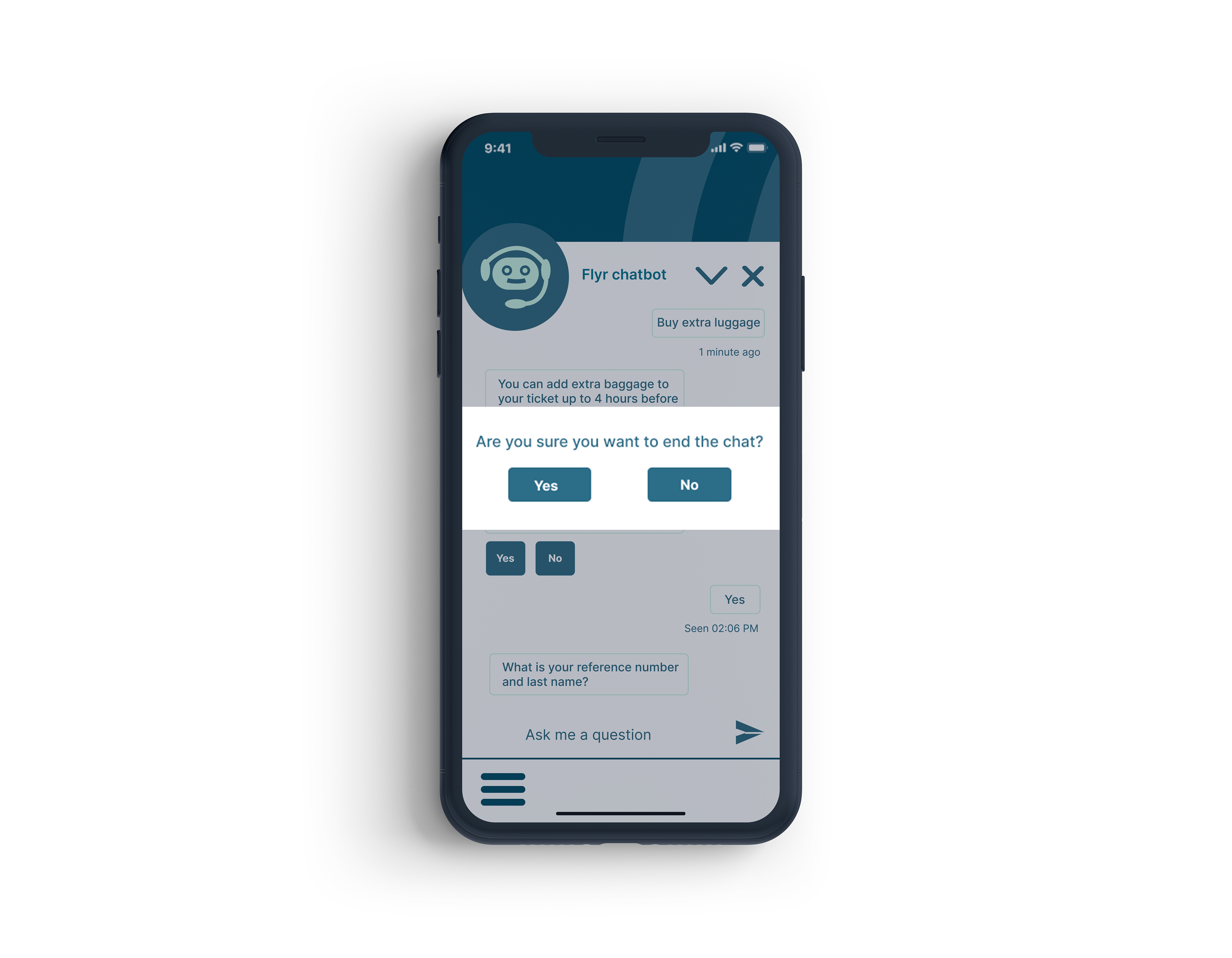Studie: Master Human Computer Interaction Høyskolen Kristiania
Semester: Høst 2021
Emne: Multimodal Interaction
Veileder: Siri Fagernes
Prosjekttype: Samarbeid med Nadia Dahl Krog og Helena Larsson
Illustrasjoner: Selvlagd
Verktøy: Figma
SAMMENDRAG AV BRIEF
This assignment takes the form of an active project of evaluation and design of an MMI, backed by a study of related work, and is done in groups of maximum 3 students.
The requirements are:
1. Do a short usability study of an existing system interface involving minimum two modalities for interaction and document and summarise the results.
2. Decide on a use scenario and design a digital solution involving a multimodal interface following appropriate design guidelines.
Additionally, you must write a short paper describing and discussing the application of your solution, with justifications for your design decisions founded in established knowledge, in addition to the findings from your usability study. The novelty of the idea and evidence of background reading are of high importance.
LØSNING
This thesis addresses a study based on exploring how a chatbot can be designed to be used as a tool for travelers to get information and at the same time understand why chatbots fail and how you can prevent chatbot failure (within a traveling company). Previous studies show that chatbots are useful as information retrieval systems, but that there still is potential for improvement within HCI-challenges, that can possibly help avoid chatbot failure. In our study, we have focused on the communication between the user and chatbot with the focus area being speech and vision. Based on our insights into what is good and bad about the existing chatbots, we have chosen to further develop «Flyr's chatbot». The findings, surveys, user tests and interviews have led us in the direction of developing Flyr chatbot with a solid design prototype.
INTRODUKSJON AV RAPPORTEN
Messaging apps such as Facebook Messenger have become big in recent years, and developers have seen great potential by further developing software within this. This type of software is often called chatbots and is predicted by companies such as Microsoft to take over much of the interaction that takes place in different services. David Marcus, wrote that "Threads are the new apps", referring to chatbot conversations, and by July 2016, over 11,000 chatbots had been developed for Facebook Messenger (Berglund 2017).
Chatbots are virtual agents/systems that users interact with using natural language. And you can find chatbots everywhere on the web, from social media, to shopping assistants to travel services. The market for these chatbots has made them a popular trend, and several companies take usage of these chatbots to answer their customers quickly. Examples of chatbots can for example be FQA Chatbots such as the ones we have researched in this thesis: Flyr and Norwegian.
In this thesis we will explore age differences in why chatbots fail and how we can prevent chatbot failure (within a traveling company). We focus on two modalities – speech and vision, since a lot of “chatbot failure” reasons are that communication does not work. Further we will take a closer look at HCI-challenges, and how to best solve these challenges within a new chatbot prototype.


